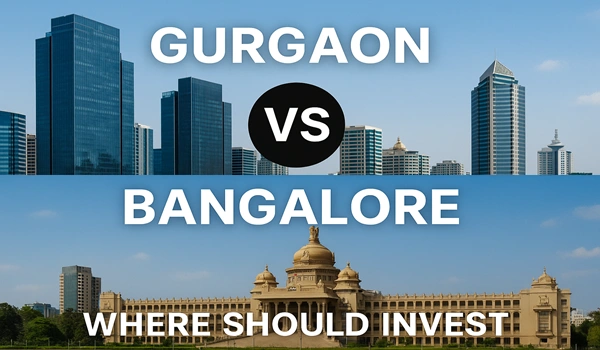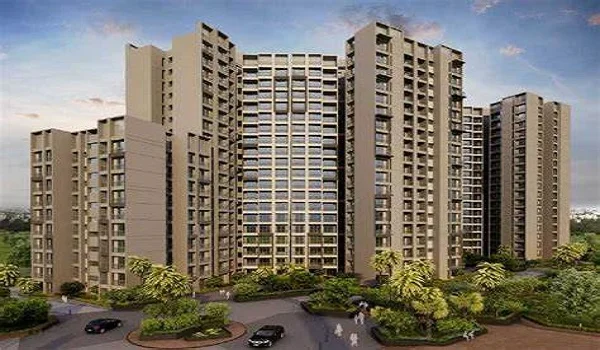Gurgaon vs Bangalore: Where Should Invest

When it comes to investing in real estate, location is everything. In India, two cities that continue to stand out for property investment are Gurgaon and Bangalore. Both are home to a booming tech industry, world-class infrastructure, and a strong rental market. However, choosing between the two depends on several factors like growth potential, property prices, quality of life, and long-term returns.
The pros and cons of both cities are listed below to help investors make a smart decision.
Real Estate Growth Potential
Bangalore, especially areas like Sarjapur Road and Kodathi Village, has seen consistent real estate growth over the last decade. The city’s reputation as India’s tech hub continues to drive demand for residential and commercial spaces. Projects like Birla Evara are gaining popularity among investors looking for modern living spaces near top IT parks.
Gurgaon, on the other hand, is known for its high-rise luxury apartments and proximity to Delhi. It has excellent connectivity via expressways and the metro. Sectors near Golf Course Road and Dwarka Expressway have seen strong demand. However, Gurgaon’s property prices are generally higher than those in Bangalore.
Affordability and ROI
One of the key factors for investors is affordability. Bangalore offers a wider range of options in terms of budget, especially in fast-growing suburbs like Kodathi Village. Properties here still fall within a reasonable price bracket and offer good rental yields. For instance, properties along Sarjapur Road offer access to IT corridors, international schools, and shopping centres, making them ideal for families and working professionals.
In Gurgaon, while returns can be high, the entry point for investment is steeper. Investors need to be ready for a larger initial outlay. Rental yields in some parts of Gurgaon are attractive, but they often come with higher maintenance costs and taxes.
Infrastructure and Connectivity
Bangalore has improved its infrastructure significantly in recent years. The Outer Ring Road, metro expansion, and ongoing work on the Peripheral Ring Road have helped reduce travel time. Sarjapur Road, in particular, is now one of the most connected residential zones in the city.
Gurgaon boasts wide roads, metro connectivity, and proximity to IGI Airport. However, frequent water and power shortages, along with high pollution levels, can be a concern for residents.
Lifestyle and Work-Life Balance
For people looking for a better quality of life, Bangalore has a slight edge. It offers a pleasant climate throughout the year and a more relaxed lifestyle. Projects like Birla Evara in Kodathi Village are designed for comfort, with open spaces, wellness amenities, and proximity to nature.
Gurgaon has a more fast-paced lifestyle, often suited to high-income professionals. It has great malls and restaurants but lacks green spaces and often deals with poor air quality.
Job Opportunities
Both cities offer strong employment opportunities. Gurgaon is a hub for finance, consulting, and multinational firms. Bangalore remains the leader in tech jobs, startups, and innovation hubs. The presence of companies like Infosys, Wipro, and Accenture around Sarjapur Road ensures long-term demand for housing in Bangalore.
Choosing between Gurgaon and Bangalore depends on personal and financial goals. For long-term, sustainable growth with better affordability, Bangalore makes more sense—especially in emerging areas like Kodathi Village. Projects such as Birla Evara stand out for their thoughtful planning and ideal location near Sarjapur Road, making them perfect for both end-users and investors.
For those who prefer immediate returns and are willing to invest more upfront, Gurgaon could be suitable. But for a balanced mix of affordability, lifestyle, and future potential, Bangalore is a strong choice.





